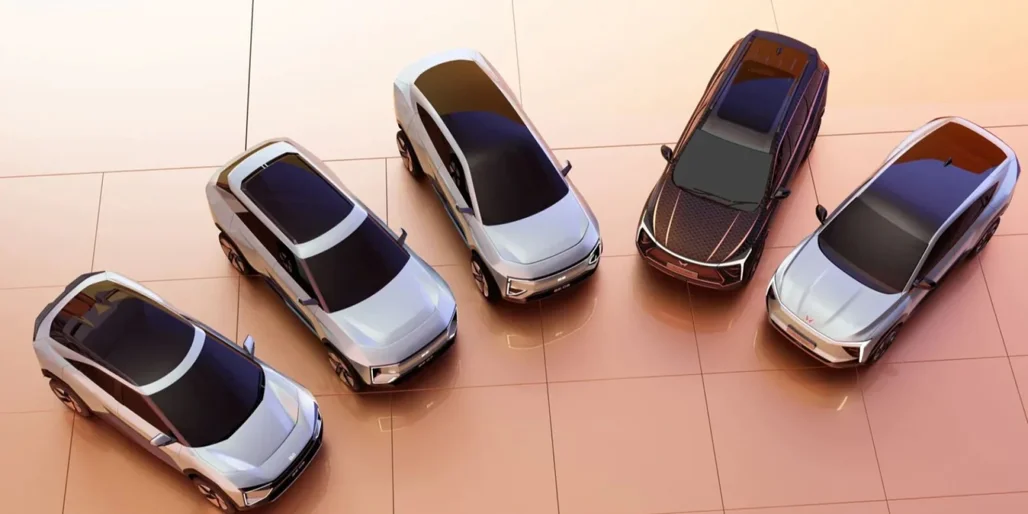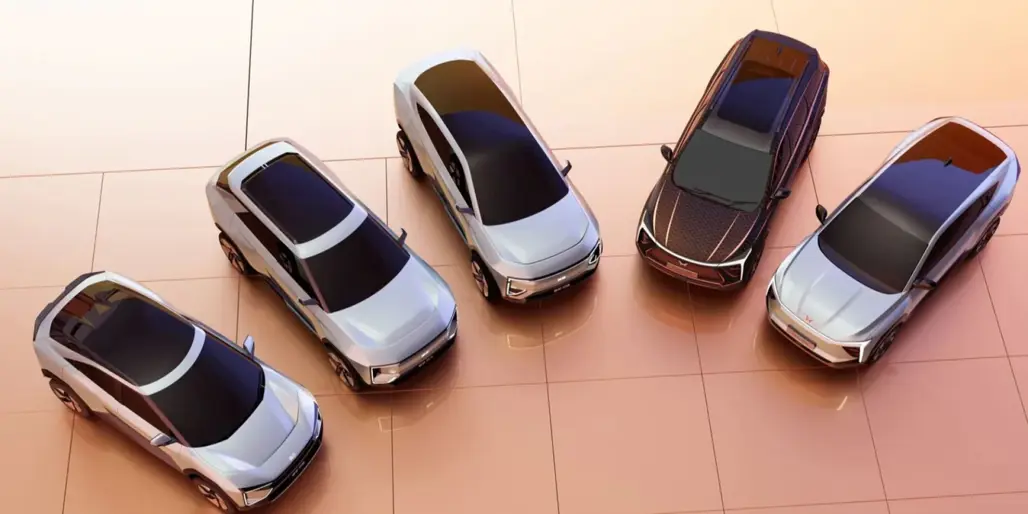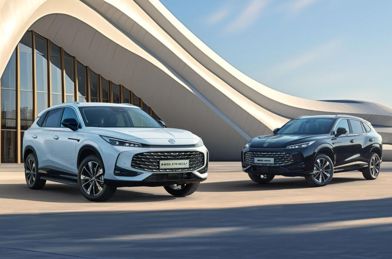Indian giant Mahindra is best known for its traditional combustion-engine SUVs and workhorse utes (plus tractors of course!). But the company is now also intent on becoming a leader in battery electric vehicles (BEVs), with a drive to adopt the latest technology and make significant inroads into export markets.
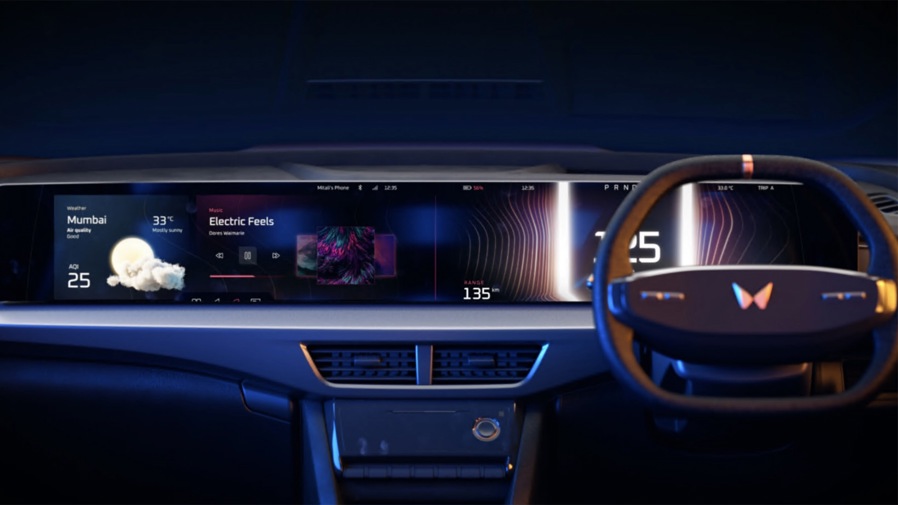
It wants 20-30 per cent of sales to be BEV by 2030.
The maker has readied a range of electrified versions of existing models, but next year it will also start rolling out a bespoke BEV brand called BE ("Born Electric"). Both model lines will use technology from Volkswagen Group's MEB platform, as per the VW ID.4/5, Skoda Enyaq and Cupra Born.
Mahindra and VW Group announced the agreement a year ago, in August 2022. Interestingly, the main relationship between Mahindra and VW will be managed through Skoda, which has a factory in Pune and oversees the VW, Audi, Porsche and Lamborghini brands in India.
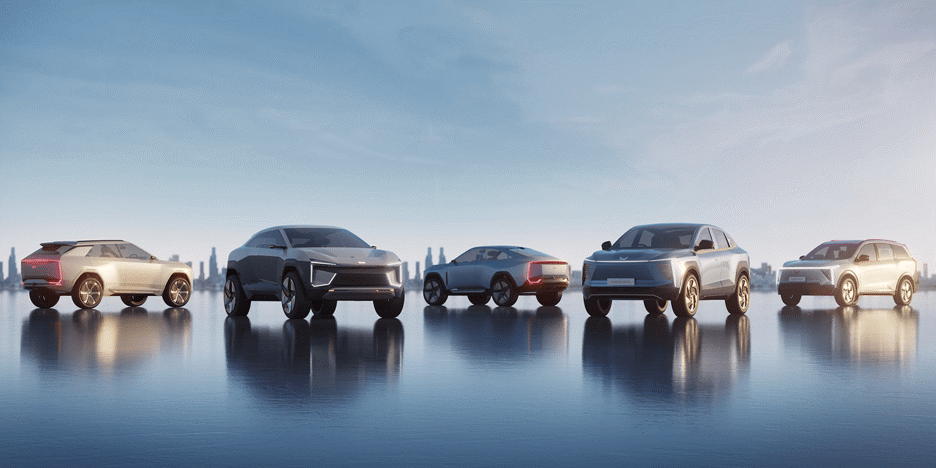
Mahindra has also just announced a NZ$276m investment in its electric car operations from Singapore-based Temasek. It will join British International Investments, which already has a stake.
Mahindra is moving to electric at lightning pace and has essentially skipped what some might argue is an important transitional phase: hybrid technology.
What relevance does all this have to New Zealand? Plenty. Both ranges of plug-in models are starters for the Kiwi market. DRIVEN Car Guide joined in a media tour of some of Mahindra's Indian facilities this month with representatives from local importer Premium Distributors Limited (PDL), there to meet with factory executives to discuss the brand's plug-in future for NZ.
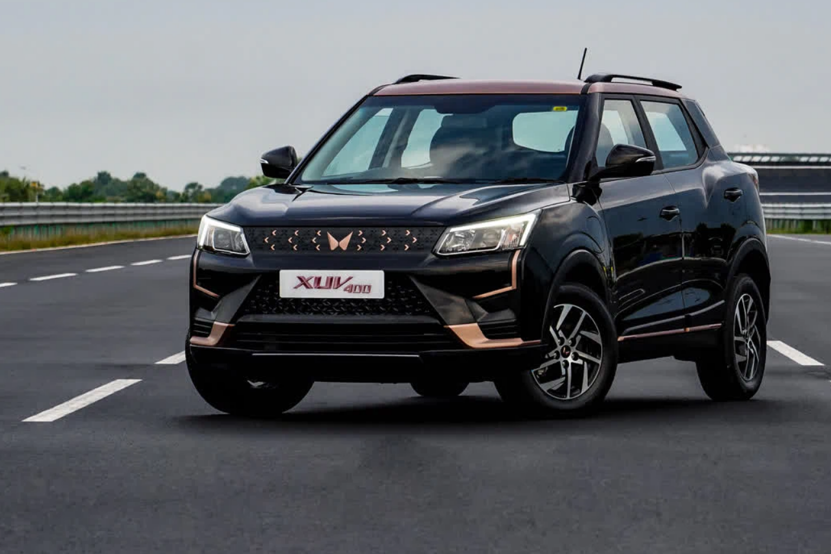
There's an interim-generation BEV already on sale in India called XUV400: it's a compact SUV with a 39kWh battery and 110kW/310Nm, derived from the KG Mobility (formerly SsangYong) Tivoli; Mahindra owned the Korean brand for a decade, until 2022.
"It's a huge technology ramp-up to Mahindra's version of the VW MEB platform, which it calls 'Inglo'
XUV400 is under consideration for NZ, but PDL is waiting for the facelift model with a larger battery, so it might still be a 2024 launch. It also argues the car needs to undercut rival models like MG4 and GWM Ora to make an impact, meaning a sub-$40k price after the Clean Car Discount.
From there, it's a huge technology ramp-up to Mahindra's version of the VW MEB platform, which it calls "Inglo".
The company is being pretty transparent about what's coming, at least in an Indian-market timeframe: in December this year we'll see the XUV.e8, essentially a BEV version of the existing petrol-powered XUV700 medium SUV. The e8 will have an 80kW battery and be available with all-wheel drive; we'd pick a a sub-$70k price.
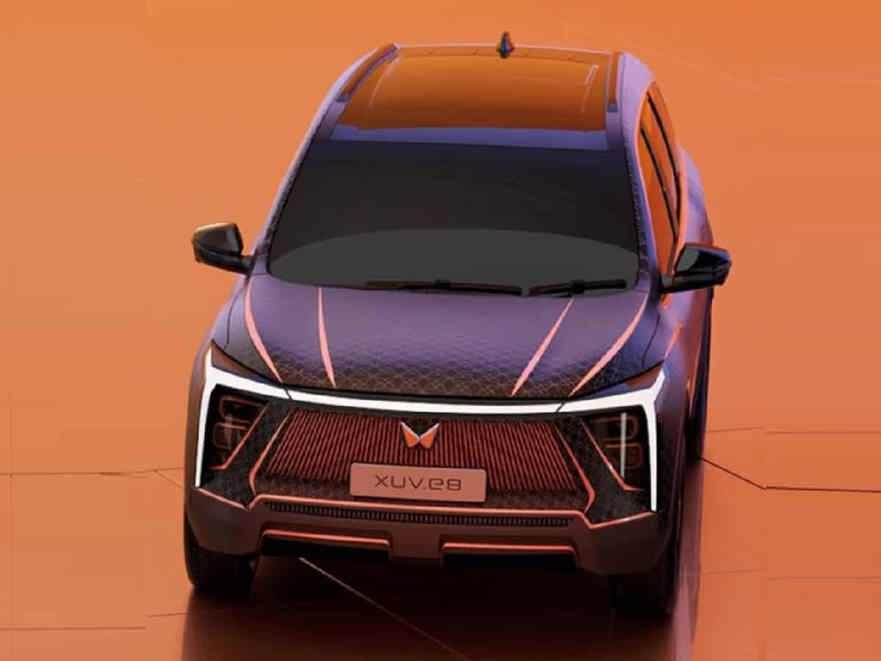
While the e8 will have Inglo underpinnings, it'll look quite similar to the XV700 save some signature BEV design cues, like a flush front and copper highlights (similar to XUV400).
Then in April 2025 comes the XUV.e9, a sleek version of the e8 with a coupe-like roofline.
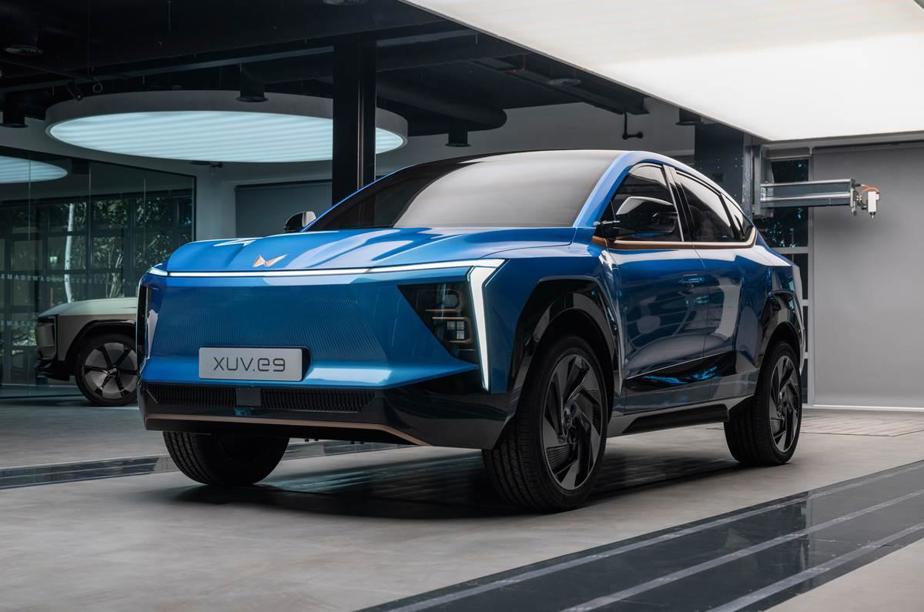
In October 2025 Mahindra will reveal the first of its dedicated electric series, the BE.05, which the company is calling a "sports electric vehicle" (SEV).
The BE.07 will follow in October 2026, offering "a family space". Then the BE.09, a four-seat SUV-GT with timing and specification still to be announced.
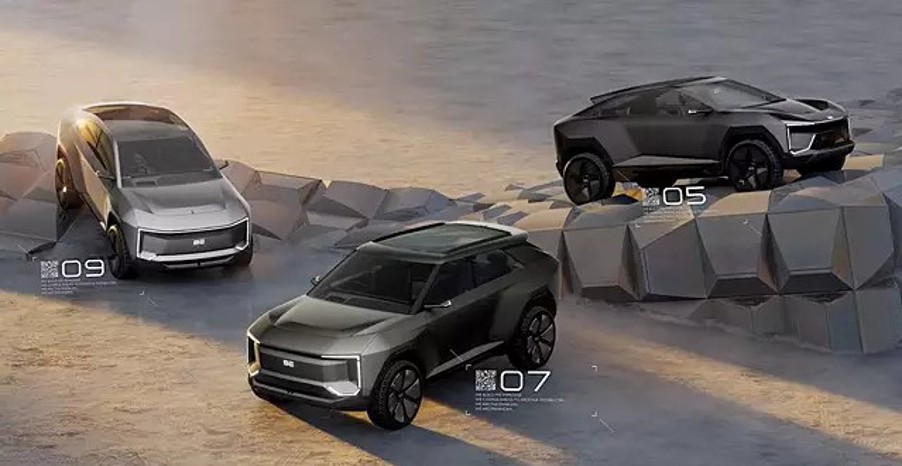
What's common to most BE models announced so far is that 80kWh battery and a long 2775mm wheelbase, but with overall length, width and height varied quite dramatically from model-to-model, to create each different vehicle.
A lot of the development for Inglo tech is happening at the massive 125-acre Mahindra Research Valley (MRV) facility, 60km from Chennai. We toured the labs and spoke with R Velusamy, president, automotive technology & product development - the man in charge of both ICE and BEV tech for Mahindra.

Velusamy emphasises that the tech share with VW is more than merely a Mahindra "top hat" for MEB underpinnings: "We buy the motor from them. We buy the components and we build the battery ourselves, taking the cell from VW."
It's better to take their components and make our own platform
At the time of our visit, a battery test lab was nearing completion at MRV, underlining the fact that Mahindra configures and validates the components in its own way, for its own markets.
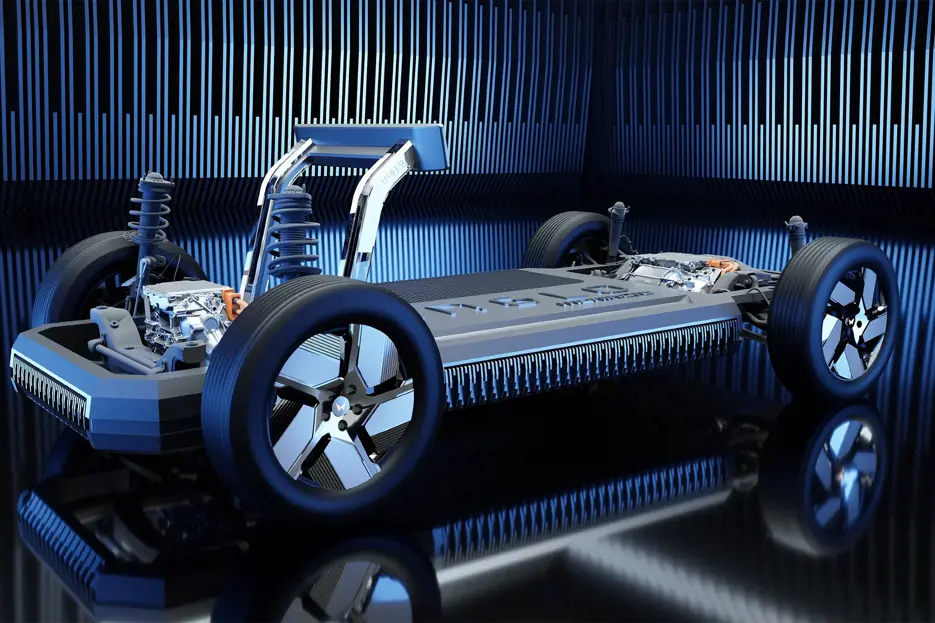
Velusamy also says says the VW MEB platform (which incorporates the placement of the battery) typically has lower ground clearance than the 160-170mm required for Indian roads. The range of wheel and tyre sizes also differs markedly, which has an effect on steering and suspension tuning.
"So it's better to take their components and make our own platform," he says.
But Mahindra is happy buying in the basic bits and doesn't see the need to make its own: "We buy the cells and the motor is a straightforward transmission. The motor [for example] has become a commodity. Why spend time making our own?".
Apart from Inglo, other forthcoming products will have an electric component. Mahindra's yet-to-be revealed global ute (a Ford Ranger/Toyota Hilux rival) is being designed to accept an EV powertrain, and the Thar 4x4 (Mahindra's alternative to the Jeep Wrangler) has been spotted testing with a high-tech electric motor setup configured for serious off-roading.
More is expected to be revealed about the ute and Thar EV at Mahindra's Futurescape presentation in South Africa, on August 15.
What is notable about Mahindra's path to electrification is that it's moving at lightning pace and has essentially skipped what some might argue is an important transitional phase: hybrid technology.
That's down to the unique demands of the massive Indian market, but also the pace of global change, says Velusamy: "We are limited with resources, and the government of India does not differentiate between hybrid and ICE - it’s the same tax.
"Electric has 5 per cent tax whereas ICE has 50 per cent, so it’s 10 times the difference. They are not going to change the tax structure.
"Worldwide we know that hybrid sales are coming down and electric sales are going up. We have to be choosy about what we do."

